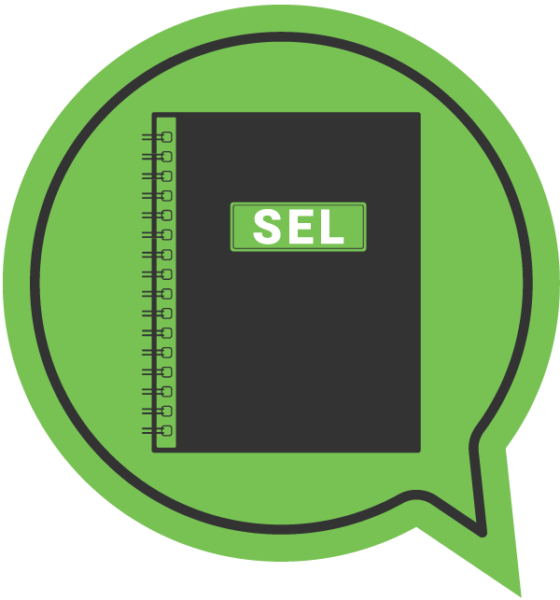Implementing Effective SEL
SEL programs and practices have significant positive outcomes for students when implemented effectively. In this issue, we focus on what effective SEL implementation looks like and how to create the conditions for success in your school community. We also provide resources and strategies that educators and leaders can use to start the school year off well with SEL.
Articles in this Issue

7 Steps for Implementing SEL in Schools
By Amy L. Button-Ervin, Brad R. ErvinMany educators already understand that instruction to support social-emotional learning (SEL) in children and adolescents is not only beneficial but a necessary part of education today. In fact, federal legislation…

A Renewed Commitment to Evidence-Based Social and Emotional Learning
By Dr. Cheryl A. LutonEvents in and out of the classroom over the last couple of years have served as both valuable and costly learning experiences for everyone involved—teachers and administrators, and students and…

Staffternoon Meetings: Building SEL and Collective Efficacy for Our Staff Community
By Elizabeth Korab, April DouglasOur Purpose and Decision-Making At Burnley-Moran Elementary School our community—students, staff, and families—is one unit, which is reflected in our motto: one BME. The adults set the tone for the…

Implementing SEL Effectively in the Classroom
By Jill Brackett Collito, Rebecca SchollmeyerStudents, teachers, and parents can all connect to the sentiments shared by the character of Sarah Hartwell in Julie Danneberg’s back-to-school book First Day Jitters—pulling the covers over her head,…

From Our SEL Field Notebook: Equitable SEL in Practice A Conversation With Katharine Brush and Thelma Ramirez
By Katharine Brush, Thelma RamirezIn this interview, we talk with Katharine Brush and Thelma Ramirez of the Ecological Approaches to Social Emotional Learning (EASEL) Laboratory, based at the Harvard Graduate School of Education, about…
